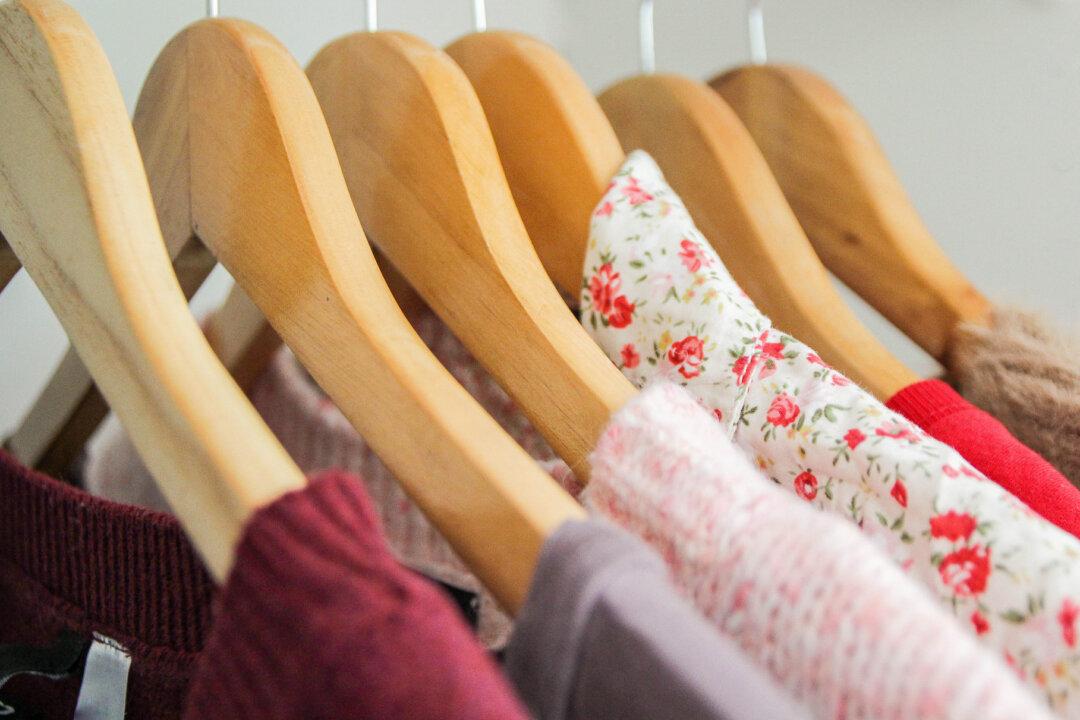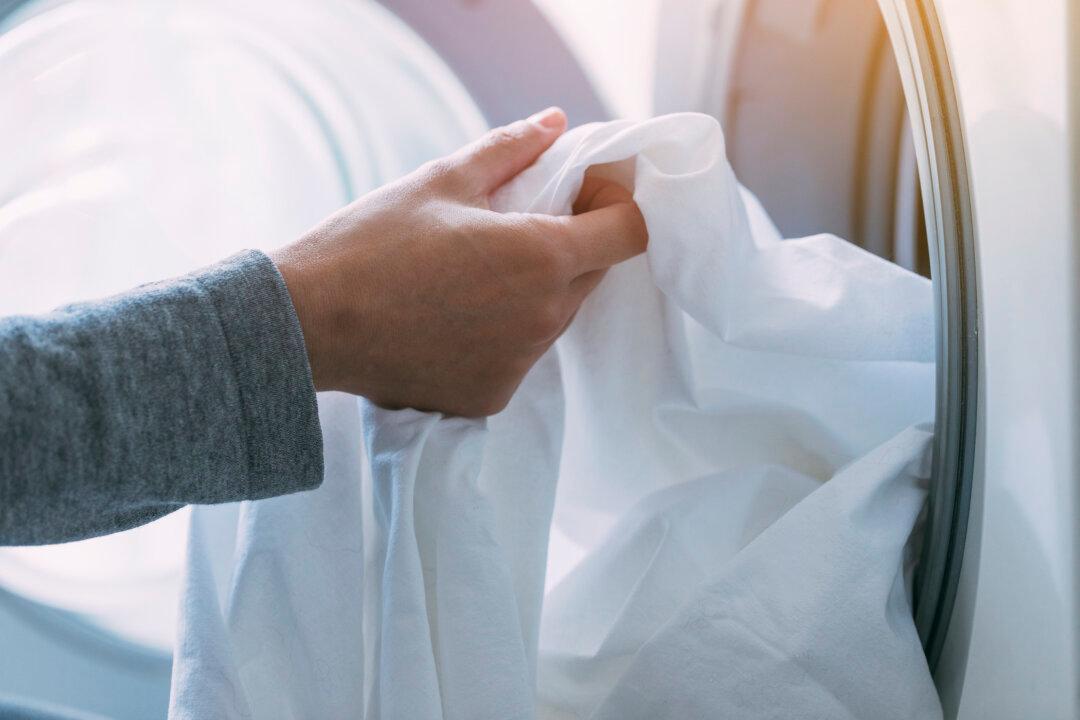The start of spring is the perfect opportunity to hit refresh on your home. It’s the time to clear a winter’s worth of dust and polish some of those often-overlooked surfaces, such as windows, light fixtures, and walls. But beyond typical spring-cleaning tasks, the new season can also serve as your cue to clear out clutter and start over with a more organized space.
Simplifying any accumulated clutter is just as important as those traditional springtime chores, according to Clea Shearer and Joanna Teplin, the organizing duo behind The Home Edit. That’s especially true since many of us spent more time at home during the past year than ever before. “The purpose of spring-cleaning this year, I think more than ever, is that we need a reset on our homes,” Shearer says.
An annual organizing session can work wonders for several areas throughout your home, and you can do this right alongside your other spring-cleaning duties. “The first part of our organizing process is always a cleanse, so the two pieces work together so well,” Teplin says. Here are five organizing projects that The Home Edit recommends tackling every spring.
1. Bathroom Drawers or Cabinets
The spot where you store toiletries could use a once-over every spring. Start by taking everything out of the cabinet or drawer and wiping down the entire area. “There is going to be toothpaste residue on your drawer, somehow, some way,” Shearer says. “No one is exempt from that.” She recommends using a damp heavy-duty paper towel, like the Viva Signature Cloth, to easily wipe away dust and grime.
Once the area is clean, put back only the things you really want in your space. Be sure to check expiration dates on medicines and properly dispose of any medications that are past their prime. Use drawer inserts and bins to categorize and contain items (and make cleaning easier the next time).





